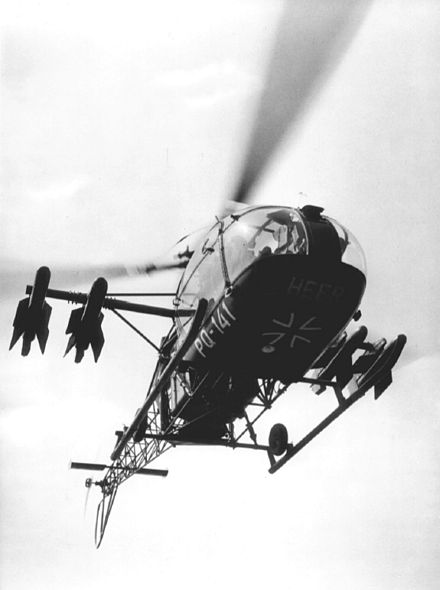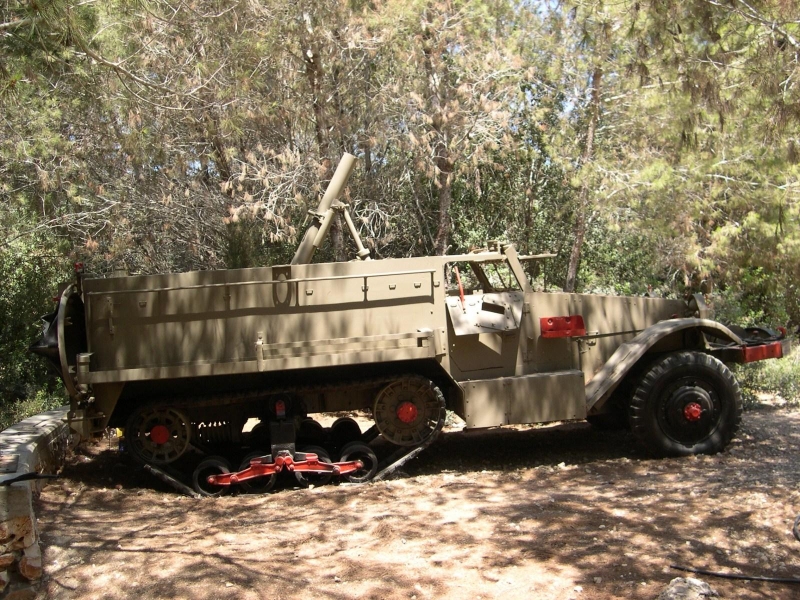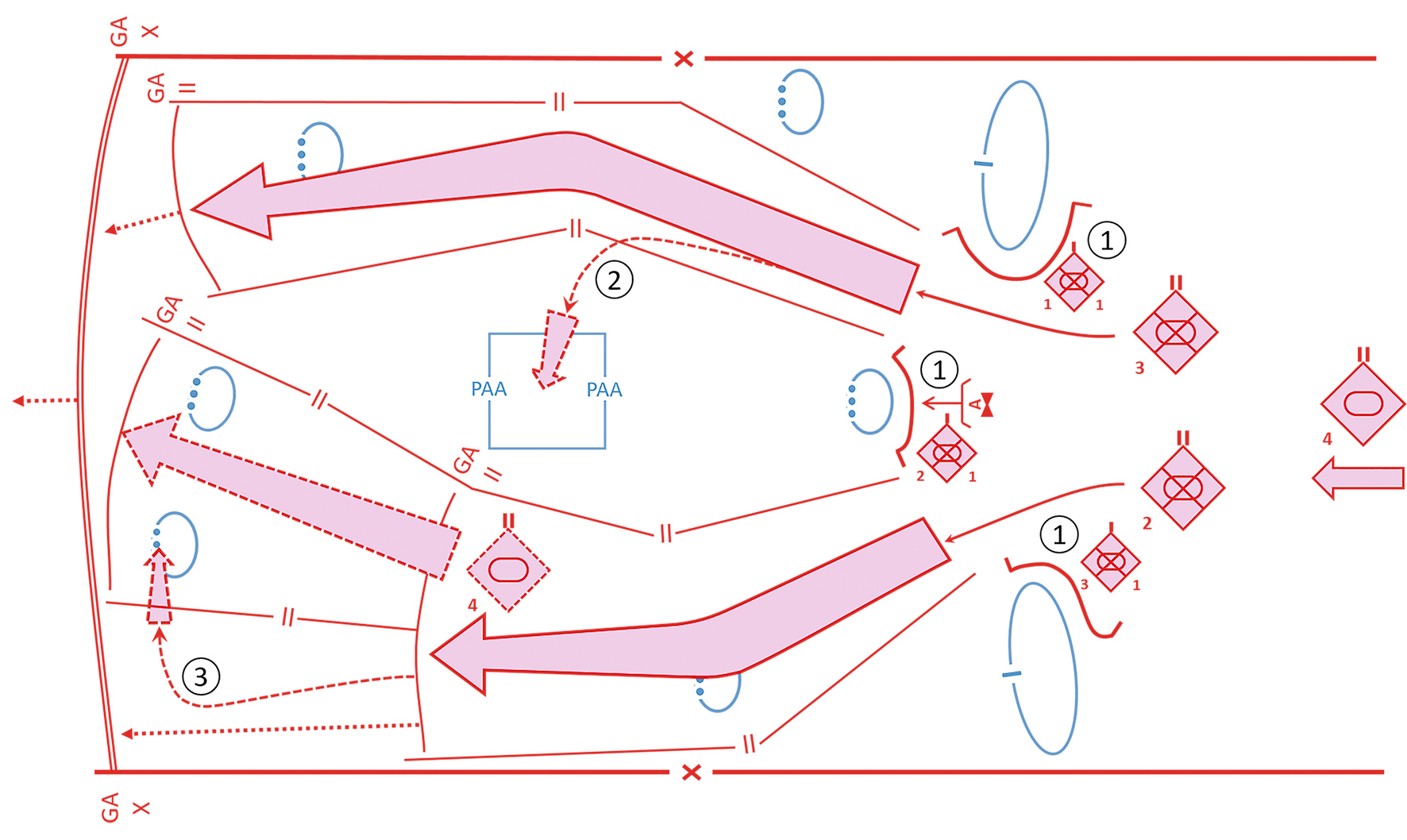Az orosz
155. tengerészgyalogos dandár egy támadása Vuhledar térségében (a videón látottak elemzése):
MINÉL KÖZELBEN JÖSZ AZ ELLENSÉG LÉLEGZETÉHEZ, ANNÁL TÁVOLABB VAGY A VESZÉLYTŐL.
A videón az Ukrán Fegyveres Erők (SZU) „Fekete Zaporozsaiak” 72. gépesített dandárjának védelmi állása („ellenállása”) elleni orosz támadás töredéke látható az Ugledar régióban. A támadást a Csendes-óceáni Flotta 155. tengerészgyalogos brigádjának támadócsoportja és a "Cascades" rohamegység vezeti.
Klasszikus az orosz taktikában, hogy egy harcjármű, jelen esetben egy aknán megsemmisült BMP-3 megsemmisítése után az orosz rohamcsoport az ukrán kézi lőfegyverek és tüzérségi tűz ellenére gyorsan az ukrán állások felé halad, a filmben hangosan sürgette a parancsnok. Az oroszok feladata a távolság lerövidítése, hogy az ukrán védelmi pozíció „árnyékába” kerüljenek.
Az ukránok saját veszteségeik elkerülése érdekében az „ellenállóktól” 200-300 m távolságig nem használnak aknavetőt, tüzérségi támogatást.
Az oroszok tudják, hogy a tűzharcokban speciális tűz "trojkák", azaz nehézgéppuskás (PK) szakaszok birtokában képesek ellenőrizni a 72. dandár védőinek állásait. Az ukránokat így megkötve várják a következő támadási hullámot, hogy támogassa őket az „ellenállók” elfogásáért folytatott harcban.
Az ukrán védelmi állás árnyékába vonulva az oroszok veszteségeket szenvednek a 72. dandár gyalogosainak kézi- és géppuskalövéseitől.
Közvetlenül a BMP-3 megsemmisítése után a távolban látható, ahogy a támadást vezető orosz harckocsit egy páncéltörő rakéta találta el. Később a videón az látható, ahogy a tengerészgyalogosok kimentik az egyik túlélő harckocsizót.
Az ukránok az orosz rohamcsoportot úgy izolálják, hogy tüzérségi és aknavetős tüzet helyeznek a hátára, ami a harcjárművek támogatásától megfosztva hatékonyan blokkolja a „Fekete Zaporozsaiak” védelmi állásait.
Az oroszokat elzárják a további erősítéstől...
Az orosz parancsnok azt mondja, hogy takarékoskodjunk a lőszerrel... amíg az erősítésre várunk.
Egy harcban gyakran nem érzi az ember, milyen gyorsan elfogy...
A felvétel patthelyzettel végződik. Mint megtudtam, az oroszok nem foglalták el az ukrán ellenállást, és jelentős veszteségekkel kellett visszavonulniuk.
A film lehetővé teszi, hogy megértse azokat a nehéz időjárási és taktikai körülményeket, amelyek között az orosz offenzívát végrehajtották. Ez volt a SZU nyári "offenzívájának" is az egyik célja, hogy most a számukra legrosszabb körülmények között az oroszok kezdeményezzenek.
Üdvözlettel és köszönöm.









